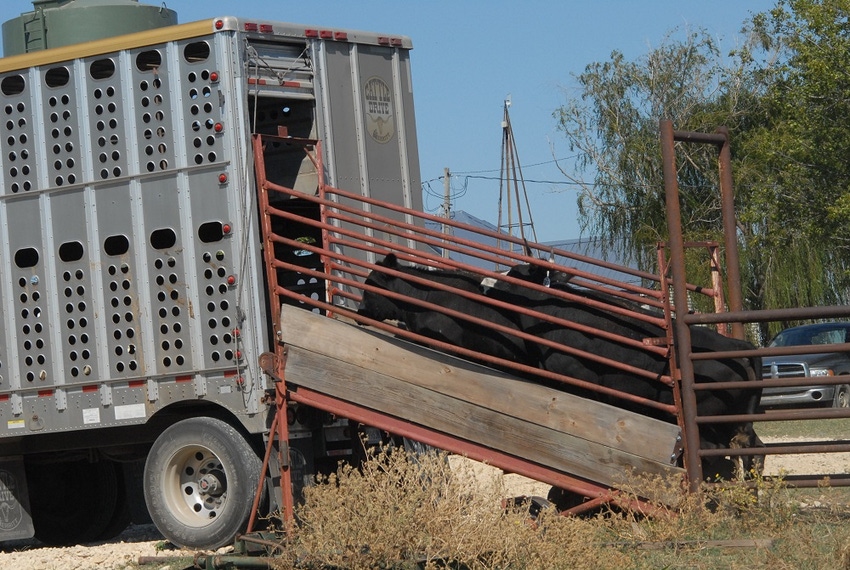
I was trained as a veterinarian in the 1970’s. Within a few years agriculture was hit with its biggest depression since the 1930s. I am not sure it has ended.
I still live in an agricultural community but I don’t know a handful of folks who now make a substantial living off the land. Most producers and landowners in our country would make more clear money leasing their grassland to me for $30 per acre annually.
I have spent a decade or more attempting to intensify my study of the natural model. For a couple of years I’ve been trying to share what I have learned with the readers of Beef Producer.
For cow/calf and stocker operators there are some facts we need to burn into our minds if we plan to optimize marketing options. If we work closely with the natural model it should help assure our profits and their repeatability.
There are a few thumb rules we can bank on most years. The market wants long yearling steers and open heifers weighing 700 to 900 pounds in August and September that have been:
Weaned and working for more than 90 days
Very healthy (immune competent)
Broke to people
Broke to feed
50,00-pound loads
50% or more black
Adapted to work
Have had two doses of IBR, MLV intranasal and subcutaneous
The market also wants long-weaned, hard calves in late February, March, April and May. Load size, color and other attributes are very similar to the yearling wish list. Stocker programs, like feedyards, do not want to doctor the sick or drag the deads. It kinda makes a lot of sense, as does increasing weaning to a minimum of 90 days. A bunch of the 45-day programs have failed.
The natural model leads us to most of the right answers. Yes, the 50,000-pound loads are not in reach of many producers but could be if we look at 850-pound cattle rather than 550-pounders, or partnering with a few like minds.
88 or 89 head of 55-pound calves = a pot load
58 head of 85-pound yearlings = a pot load
I do not know which month calves the most cows in North America but I’ll guess March. The natural-model uses calving in late May, June and early July. It is frequent for natural-modeling calvers to have 80% or more of calves born in the first 18 days. It is also common to see late-May calves come close (often within three pounds) to March calves by mid-November. The natural-model cows have higher body condition scores and we are seeing smaller-frame-score cattle routinely winter with calves on their side.
I promise that it is not a big deal to wean a 10-month-old calf in mid to late April on good grass. These bull calves are weighing 650 pounds by May 1. By August 10 they’ll weigh 850 pounds or better, if we give them fresh recovered forage daily and one to three pounds of energy supplement. Their mamas weigh less than 1,000 pounds.
We can band castrate the bulls anytime up to six weeks before we load them out. To eliminate unwanted pregnancies I recommend a prostaglandin injection to heifers 12 days after the bulls are cut or removed.
Soil, forage and cattle management trumps marketing if all three are applied with adaption of the natural model. Good marketing strategies will fit the natural model or they will ultimately fail. Marketing does not demand extremely low production costs, but production costs are a major, major key to profitable marketing. Ditto the same thing for reputation.
Notice again that load lots of hard, healthy long or short yearlings that have been worked for months and are friendly and used to people and a little feed are rather easy to market with success.
By the way, remember that the cost of gain usually goes up significantly at 750 pounds and after August 1.
About the Author(s)
You May Also Like






